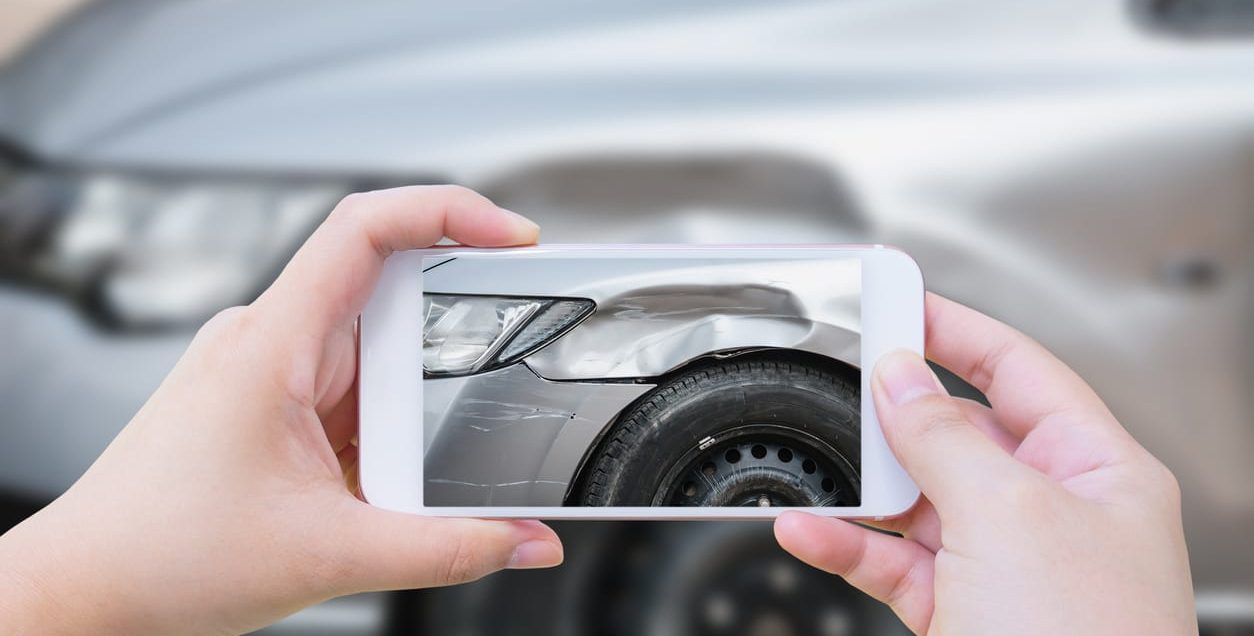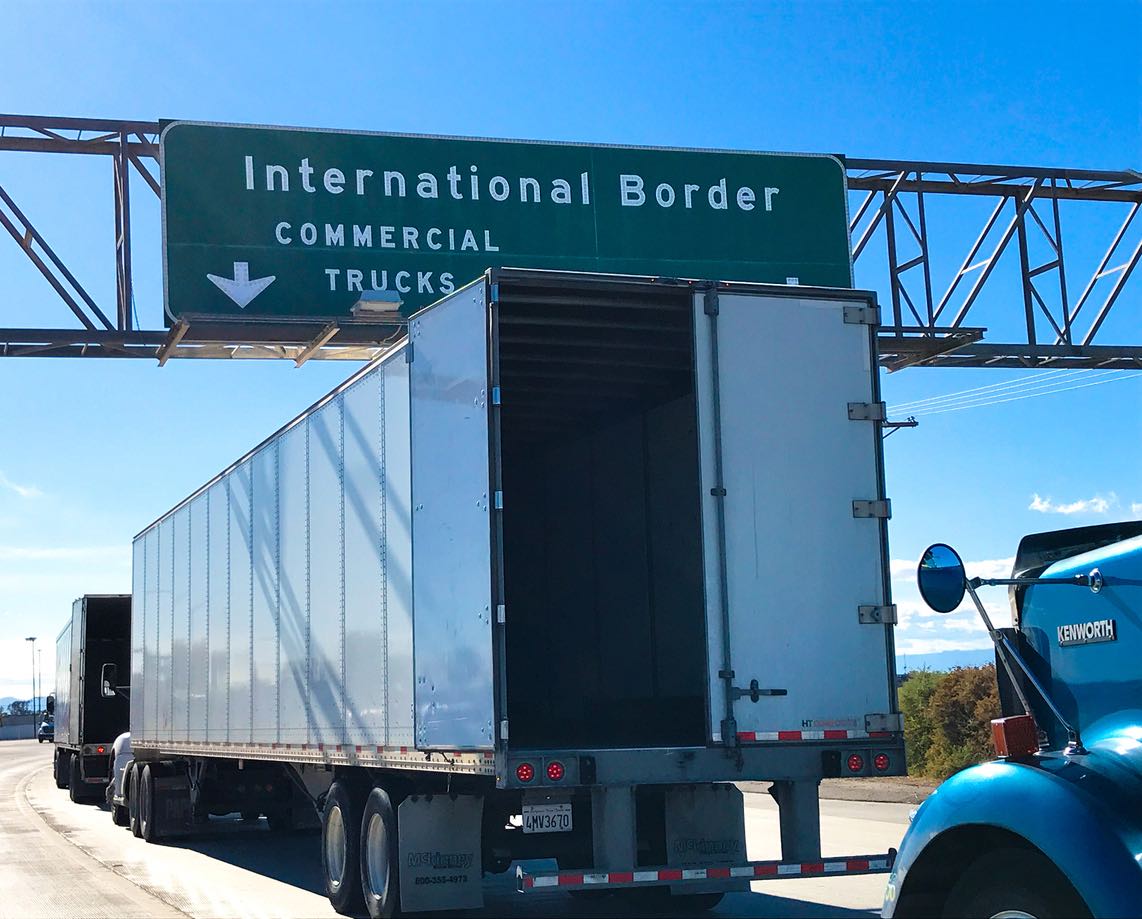The goal of selecting a reliable shipping company is to get your goods in the same condition as they did when they left the pickup location. This isn’t always the case, though. Your vehicle may occasionally arrive at the drop-off site with damages that weren’t present during pick-up. The requirement for a cargo bill of lading, or BOL, arises from the fact that it may be challenging to verify this via word of mouth.

A bill of lading is a document that a carrier (or their agent) issues to confirm receipt of cargo for shipping. It is frequently abbreviated as B/L or BOL. A bill of lading can be used for any sort of good transportation nowadays, despite the fact that originally the phrase was exclusively used to refer to shipping.
When shipping cargo, the carrier issues, and signs a bill of lading on behalf of the shipper. With a bill of lading, you may check your goods during delivery, and if the information there doesn’t match what was entered at pick-up, you can show this. The dimensions, amount, destination, and kind of the items being sent are all specified on the bill of lading.
Auto transport carriers will provide you with a vehicle bill of lading form with their terms and conditions when you transport vehicles.
A bill of lading has three major purposes and must be transferable:
- It serves as a definitive receipt, acknowledging the loading of the items.
- It embodies or attests to the provisions of the carriage contract; and
- In accordance with the nemo dat norm, it acts as a document of title to the commodities.
The BOL takes on the legal significance on the day when a carrier collects the vehicle for transportation. It is an important point. The condition of the automobile is carefully inspected by the transporter before it is loaded into the trailer. The shipper has a claim if the car is delivered in a different condition than when it was sent.
BOL becomes evidence and proof that can be used to support either side of the argument. Yes, the only documentation that has the power to tilt the scales in either manner is the BOL. No claim will be valid without it. Therefore, shippers should always wash their autos before shipping and check themselves for anything unexpected.

In vehicle transportation, a Bill of Lading is a comprehensive checklist used during the obligatory before-and-after inspection of an automobile delivery. It frequently includes images and a thorough explanation of any previous car damage.
The customer is shielded by this contract from any liability for damage to the car or vehicles during shipment. The following information is often provided on a vehicle transportation bill of lading;
- Contains the company’s name and contact details.
- Information about the pick-up and delivery of the shipping car.
- The year, make, model, and VIN number of the car
- General details about the car
- The extent of damage (if any) before loading
- Any damage incurred during transportation by the transport driver.
- The BOL functions as a vehicle’s invoice and receipt in addition.
Not only does a bill of lading protect the consignee, but it also shields the shipper from any erroneous claims made on the consignee’s behalf.

This sort of bill clearly states that the items must be delivered to whoever has the original copy, which denotes ownership and control of the freight. The buyer/receiver or their agent must obtain and produce an original copy of the bill of lading at the discharge port in this form of a bill. The freight will not be released if the original bill copy is missing.
This kind of bill of lading stipulates the consignee and recipient’s names in detail for the purposes of shipping and delivery. According to this statute, the designated receivers or buyers may collect the shipment by presenting identification.
- Select Start Now and get to the editor on the form’s webpage.
- To complete the necessary fields, use the hints.
- Include your contact details and unique information.
- Make sure you select to input the proper data and numbers in the correct fields.
- Check your form’s written content, grammar, and spelling thoroughly.
- If you have any questions, see the Help section or contact our Support team.
- With the help of Sign Tool, add a digital signature to your printable Auto Transport Bill of Lading.
- Press done when the document is finished.
- Send the prepared blank through fax or email, print it, or save it on your device

A Bill of lading is a significant document with several advantages. A bill of lading has several uses. These days, digital technology is used everywhere. In addition, you may now utilize an electronic bill of lading, which is safer and more trustworthy than a conventional one.
For your next vehicle transport, use Ship A Car, Inc.




